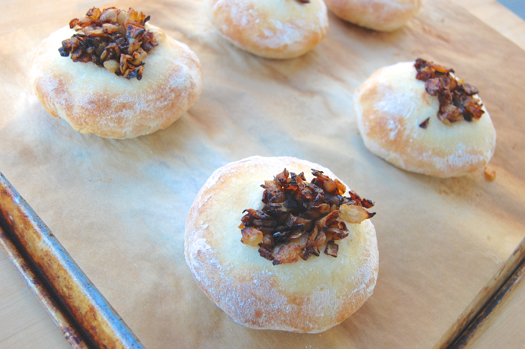What sort of fat?
Here’s an interesting question. As mentioned below, lard is traditional for this type of rolled laminated dough. That’s probably because pig fat has traditionally been cheap and available in places where you find sfogliatelle and Murcian meat pies: Italy and Spain. The question is: will other types of fats work for this dough? My feeling is they will. Butter should work great even though it’s about 15% water (lard by contrast is only about 1% water). As we pastry makers know, butter works well with other types of laminated doughs, though the lower moisture Euro-style and “dry” butters are generally preferred. Why? Because more moisture means wetter dough layers, which tend to stick together instead of separate. In my research I’ve found recipes that call for a mix of lard and butter which I think is a terrific idea. That way you’d get good layer separation without too much “piggy” taste, assuming that’s a problem. It isn’t for me.
READ ON
